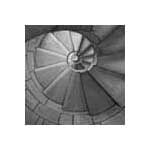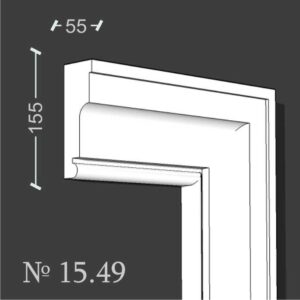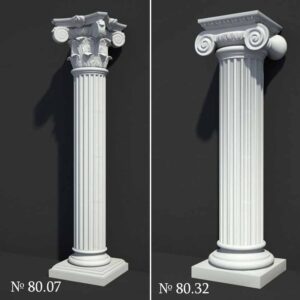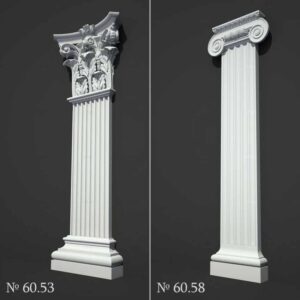The roof is an essential component of any building. It protects the inhabitants from the elements and helps define the overall style of the structure. However, the roof can also be used as a unique architectural element, showcasing intricate designs that capture the attention and imagination of those who lay eyes on it. In this article, we will explore how complex roof design can create a lasting impression on those who experience it.

The Power of Aesthetics in Roof Design
Aesthetics play a crucial role in architecture. A well-designed building can create a sense of wonder and awe in those who see it. The roof is an integral part of this experience, and complex roof design can take this experience to new heights.
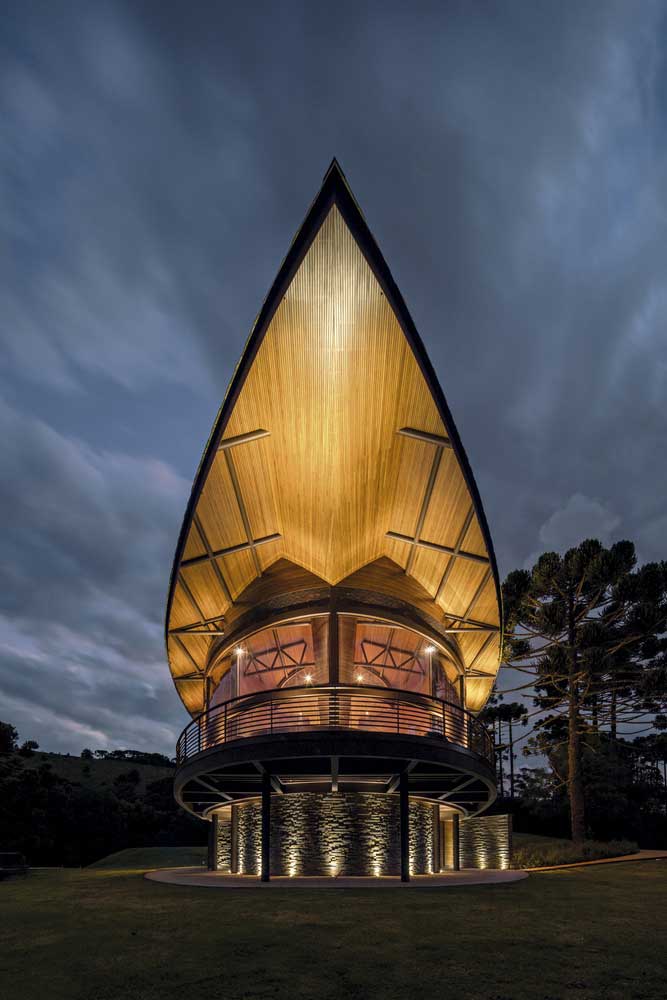
A complex roof design can elevate the visual appeal of a building, transforming it from ordinary to extraordinary. By incorporating intricate shapes and patterns, architects can create a visual masterpiece that is unique and captivating. This is especially true for large public buildings, such as museums, government buildings, and airports, which require an attention-grabbing design to make a lasting impression on visitors.

The Impact of Roof Design on Functionality
While aesthetics are essential, the roof’s design should not neglect its primary purpose, protecting the inhabitants from the elements. Therefore, complex roof design should also consider functionality.

One way architects can achieve this is by incorporating green roofs. Green roofs are covered in vegetation, which not only adds visual appeal but also provides insulation, reducing energy consumption. Additionally, green roofs can help manage stormwater runoff, improving the building’s overall sustainability.
Another way to achieve both form and function is through the use of solar panels. Solar panels can be incorporated into the roof’s design, generating clean energy while also reducing energy costs for the building’s inhabitants. In this way, complex roof design can serve a dual purpose, providing both aesthetic and functional benefits.

The Importance of Material Selection in Roof Design
The material selection is an essential aspect of complex roof design. The choice of material affects the building’s durability, energy efficiency, and overall aesthetic appeal.
For example, metal roofs have gained popularity in recent years due to their durability and low maintenance requirements. They are also energy-efficient, reflecting heat and reducing cooling costs. Additionally, metal roofs can be molded into intricate shapes, providing architects with a wide range of design options.
Another popular material choice is clay tiles. Clay tiles have been used in roofing for centuries and are prized for their durability and aesthetic appeal. They are also energy-efficient, providing natural insulation that reduces energy consumption. Additionally, clay tiles can be molded into a wide range of shapes and patterns, making them ideal for complex roof designs.
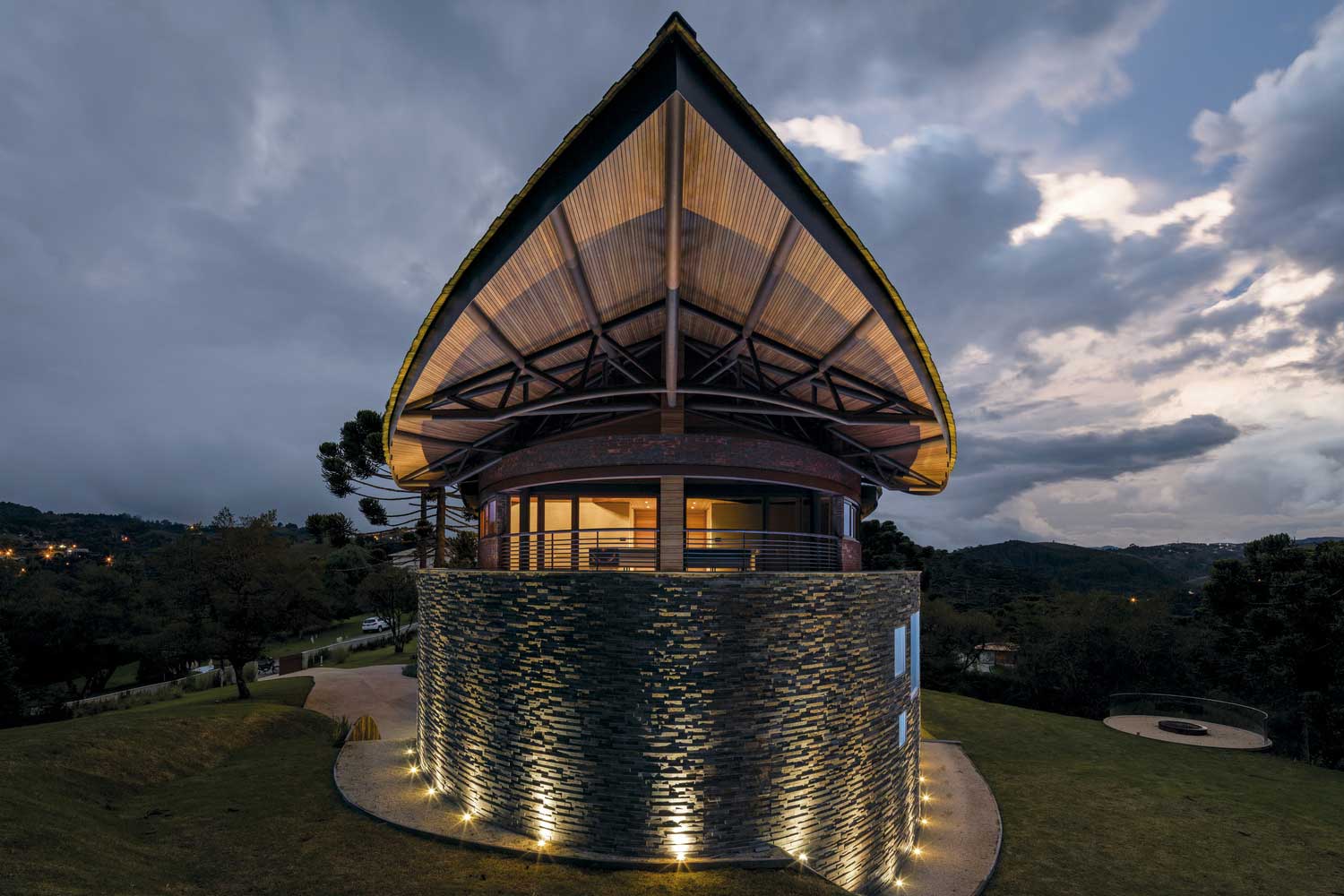
The Role of Technology in Complex Roof Design
Technology has played a significant role in complex roof design. Advances in software and engineering have made it possible for architects to design and construct roofs with intricate shapes and patterns that were previously impossible.
One example of this is parametric design. Parametric design uses algorithms to create complex shapes and patterns that can be easily manipulated by architects. This technology allows architects to experiment with different design options, quickly and efficiently, resulting in innovative and complex roof designs.
Another technology that has impacted complex roof design is 3D printing. 3D printing allows architects to create intricate roof components that would be difficult or impossible to construct using traditional manufacturing methods. This technology has the potential to revolutionize the construction industry, allowing architects to create truly unique and complex roof designs.

The Future of Complex Roof Design
The future of complex roof design is bright. Advances in technology and material science will continue to push the boundaries of what is possible. Architects will have more design options than ever before, allowing them to create truly unique and innovative roof designs.
Furthermore, as sustainability becomes increasingly important, we can expect to see more green roofs and sustainable roofing options. This will not only add visual appeal but also reduce energy consumption and improve the building’s overall environmental impact.

Additionally, the rise of smart buildings and the internet of things (IoT) will create new opportunities for complex roof design. For example, roofs could be designed to incorporate sensors that monitor environmental conditions, such as temperature, humidity, and air quality. This data could then be used to optimize the building’s energy consumption, improving its overall efficiency.
In conclusion, complex roof design can create a lasting impression on those who experience it. A well-designed roof can elevate the visual appeal of a building, transforming it from ordinary to extraordinary. However, complex roof design should also consider functionality and material selection, as well as the impact of technology on design options.

As we look to the future, we can expect to see more innovative and sustainable roof designs. Architects will continue to push the boundaries of what is possible, creating truly unique and captivating designs that leave a lasting impression on all who see them. Ultimately, complex roof design has the potential to not only enhance the visual appeal of a building but also improve its environmental impact and overall functionality.
Beyond Ordinary: Complex Roof Design as the Game-Changer in Architecture
Architecture is not just about buildings. It’s about creating a space that tells a story, inspires awe, and that captures the imagination. And nothing captures the imagination quite like a complex roof design.

In today’s world of architecture, where innovation and creativity are the names of the game, a roof is no longer just a functional element, but rather, a key design feature that can elevate a building from ordinary to extraordinary.

When we think of complex roof designs, we often envision the iconic curves of the Sydney Opera House, the intricate patterns of the Taj Mahal, or the soaring heights of the Burj Khalifa. These structures are not just buildings; they are works of art that inspire and challenge us to think beyond the ordinary.

But complex roof designs are not limited to these iconic structures. They can be found in buildings of all shapes and sizes, from contemporary homes to modern office buildings. And they are not just aesthetically pleasing; they serve a functional purpose as well.

A complex roof design can provide natural ventilation, daylighting, and insulation, reducing energy costs and creating a more sustainable environment. It can also create unique spaces within a building, such as soaring atriums, light-filled courtyards, or sheltered outdoor spaces.

But beyond its functional benefits, a complex roof design can be a game-changer in architecture. It can challenge traditional design norms and push the boundaries of what is possible. It can inspire architects to think creatively and embrace new technologies and materials.

A complex roof design can also be a statement piece, a way to communicate the values and vision of a building or organization. It can be a symbol of innovation, progress, or sustainability.

As architects, we have a responsibility to create spaces that inspire and delight. We must push ourselves to think beyond the ordinary and to embrace the complexity and beauty of a well-designed roof.

So let us embrace the challenge of designing complex roofs. Let us create spaces that are not just functional, but awe-inspiring. Let us use the power of design to change the game in architecture and to create a better world for all.


